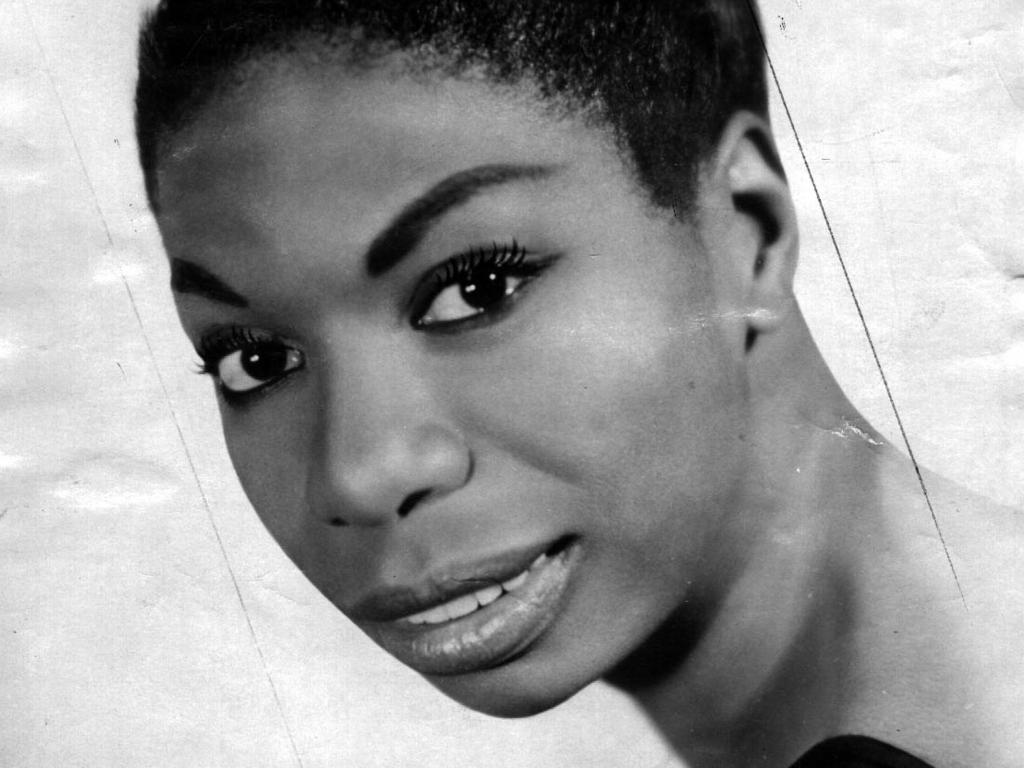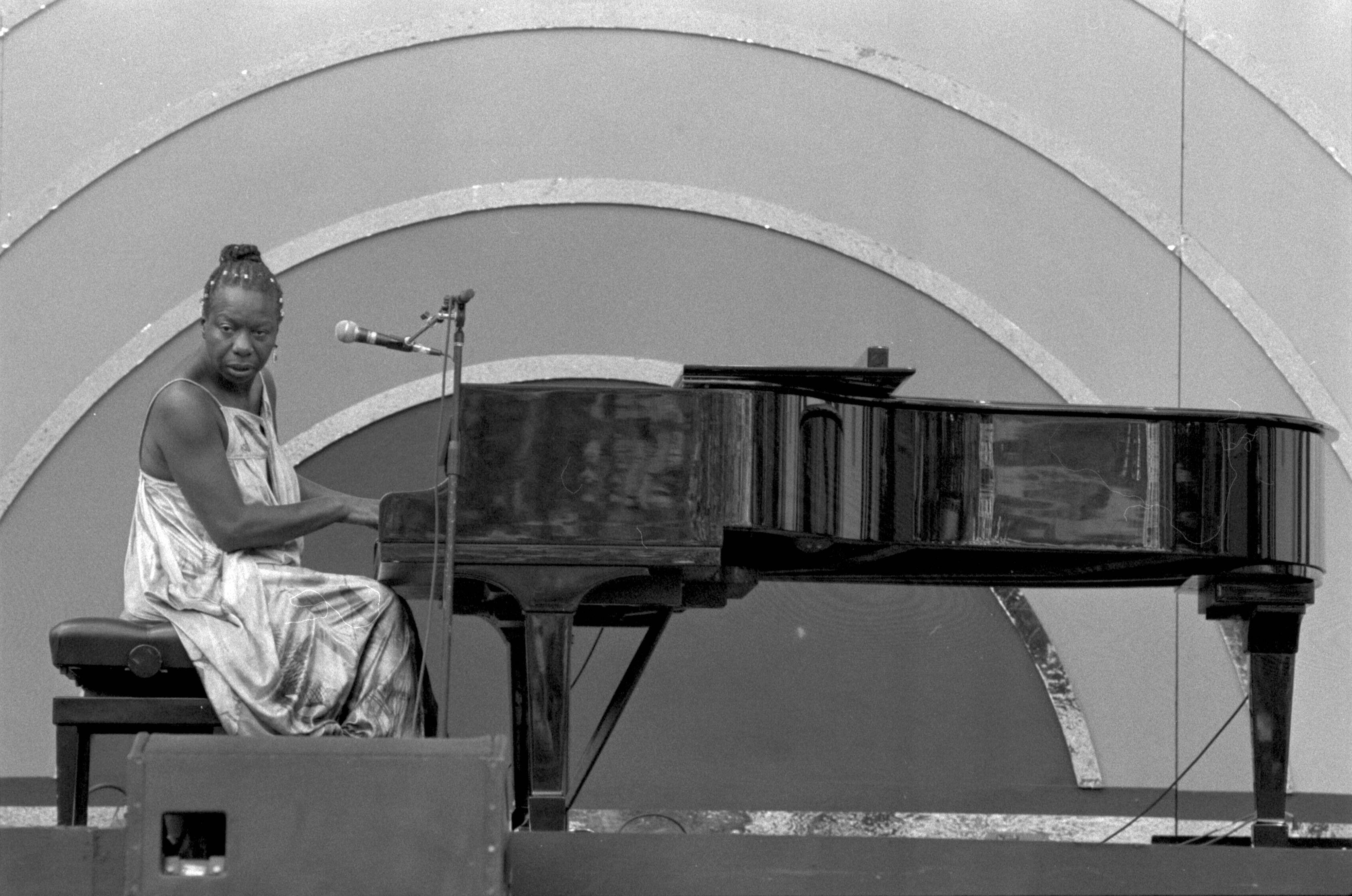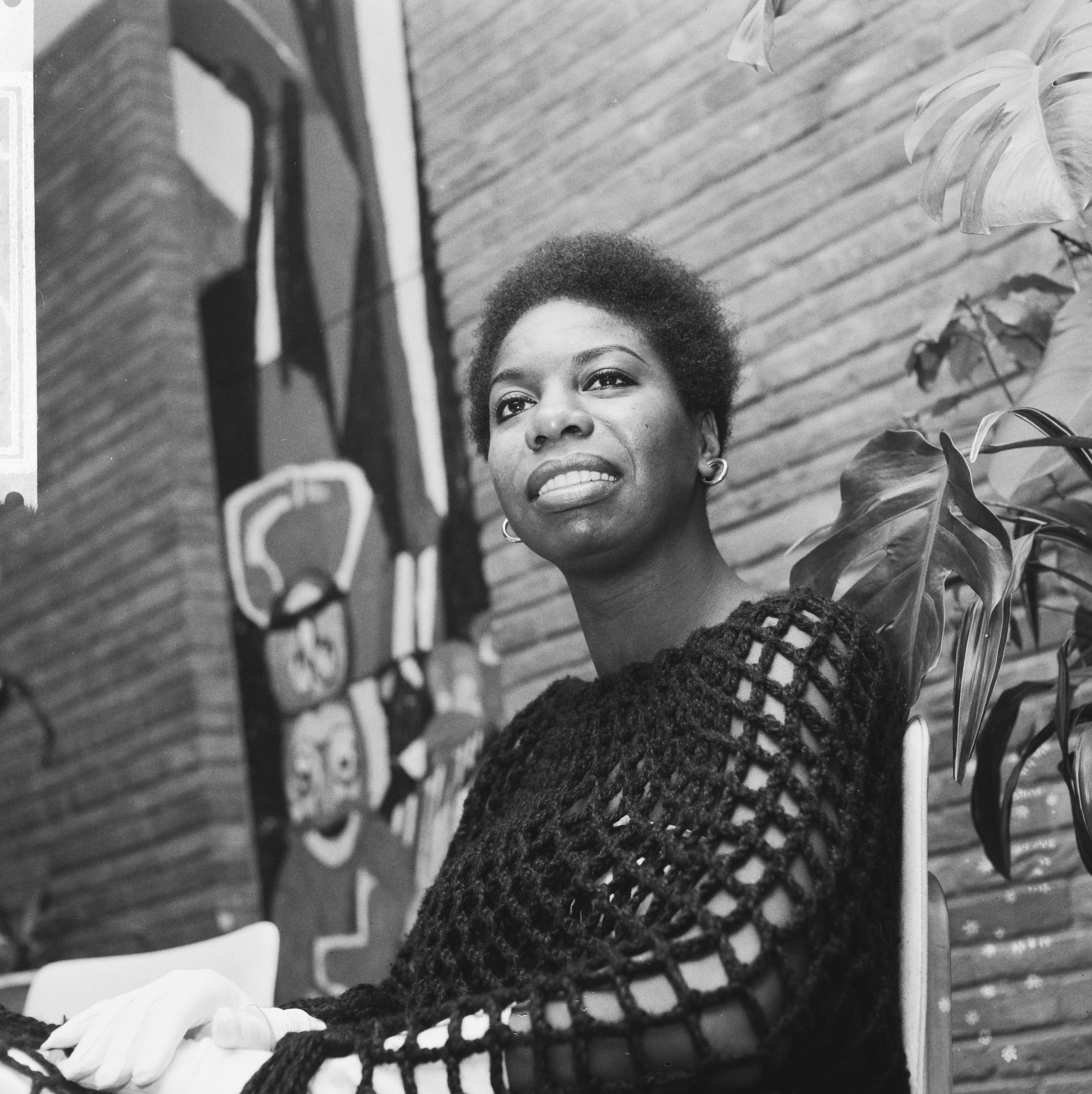Perri Cutten: A Timeless Legacy in Fashion
Remembering Perri Cutten: A trailblazing Australian fashion designer whose timeless elegance and...

 Search...
Search...
Music has a remarkable ability to evoke emotions, lift our spirits and heal our souls in ways that words alone cannot. Music has the power to connect people and on unique occasions, has the power to inspire change in the world.
The lyrics birds flyin' high, sun in the sky and a cool breeze driftin' by, invites us to be optimistic and grateful. Add soulful blues sounds and a powerful contralto voice like no other, and you have the recipe for a timeless feel-good song. This was the magic that Nina Simone brought to the music world with her timeless rendition of Feeling Good.

Nina Simone recently celebrated her heavenly 90th birthday and to honour the special occasion, it seems impossible not to reflect on the incredible impact she's had on the music industry and society as a whole. In particular her version of Feeling Good and why after 57 years it still resonates with people today.
A song about feeling thankful and empowered, Feeling Good touches on universal themes like love and hope and evokes embracing emotions which makes us feel connected to the song. Perhaps it's these reasons alone why it has been remembered and passed down through the generations?
For some songs, it's their timeless quality that allows them to stay relevant and popular decades after they were released. Feeling Good was originally written in 1964 for the musical The Roar of the Greasepaint - The Smell of the Crowd. The show first toured British theatres before it opened on Broadway in 1965 where it was performed by Cy Grant in the UK and Gilbert Price on Broadway.
To generate public interest prior to the show's opening, Feeling Good was first released as an original cast recording. Despite the song sounding more like a stage chorus than a blues anthem, the powerful lyrics saw it gain momentum, capturing the interest of singers and musicians alike who quickly began creating their own versions of the song.
Jazz singer John Coltrane, who had a keen interest in show tunes, had a version with his fluttering saxophone. Sammy Davis Jr. had a version which was slightly more serious with the addition of his electric guitar. However, it was Nina Simone who really captured the essence of the song in 1965.
Nina Simone together with her arranger Hal Mooney, agreed to assemble a big band which gave the song the soulful swing and energy it needed which unleashed Nina Simone's free spirit resulting in one stellar of a performance.
Feeling Good starts off a cappella with Nina Simone's powerful voice, which is unmatched in its ability to convey emotion and complements the soul of the song perfectly'. As her solo finishes, the boom of the orchestra enters with a classic riff, enhancing the emotional intensity of the song. Her voice, like a warm embrace, transports listeners to another place and time where anything is possible, reminding us that no matter how difficult life may seem, unity can bring us a better tomorrow.

"An artist's duty, as far as I'm concerned, is to reflect the times." - Nina Simone
Some songs are remembered for their time and place in preserving culture and history, a way of sharing a story of the times. A pioneer of her time, Nina Simone's interpretation of Feeling Good became the anthem for the civil rights movement in the 1960s. As a proud Black woman, she was fiercely independent and used her music to speak out against the injustices faced by African Americans and third world people. She referred to these songs as protest songs, recognising their ability to help change the world.
When asked what motivates her on stage she shared it was to 'move the audience, to make them conscious of what had been done to her people'. Defending that she wasn't singing from anger but rather from intelligence she added:
"...I sing from letting them know, that I know, who they are and what they have done to my people. That's not anger. Anger has its place. Anger has fire and fire moves things."
This unapologetic courageousness and unwavering belief that 'freedom has no fear', inspired generations of other artists to speak up and use their voices to speak the truth. Is this song's connection to the civil rights movement and its quest for freedom, together with the underlying message of optimism and courage, the reason why it resonated so strongly with people and why it continues to do so today, undoubtedly tomorrow too?
Whether the enduring power of Feeling Good rests on the laurels of social and political relevance, universal themes, timeless qualities or shared emotions, it's undeniable that Nina Simone's unique and powerful voice is what breathed life into the song. It's all well and good to write a song about feeling good, but it takes something otherworldly to evoke a physical and emotional response that sends shivers down your spine to truly make you 'feel good'.

Nina Simone was born Eunice Kathleen Waymon on 21 February 1933 in North Carolina. Playing piano from a young age, she began studying at New York's famed Juilliard music school in 1950. A year later she auditioned for a scholarship at Philadelphia's prestigious Curtis Institute of Music, but was rejected. Nina Simone believing it was racism pure and simple, said:
"I applied for a scholarship to Curtis Institute of Music in Philadelphia. I knew I was good enough, but they turned me down. And it took me about six months to realise it was because I was black. I never really got over that jolt of racism at the time."
Nina Simone wasn't just a singer, songwriter and talented pianist, she was a trailblazer, activist and inspirational icon of her era. Her influence on the music and culture scenes has transcended generations and her interpretation of Feeling Good pays homage to that.
"I want to be remembered as a diva, from beginning to end, who never compromised in what she felt about racism and how the world should be, and who, to the end of her days, constantly stayed the same." - Nina Simone
Nina Simone passed away on 21 April 2003. Her unique legacy is a beautiful testament to the power of music to unite people and the power of music to inspire change.

Birds flyin' high, you know how I feel
Sun in the sky, you know how I feel
Breeze driftin' on by, you know how I feel
It's a new dawn, it's a new day, it's a new life for me
Yeah, it's a new dawn, it's a new day, it's a new life for me, ooooooooh
And I'm feelin' good
Fish in the sea, you know how I feel
River runnin' free, you know how I feel
Blossom on the tree, you know how I feel
It's a new dawn, it's a new day, it's a new life for me
And I'm feelin' good
Dragonfly out in the sun, you know what I mean, don't you know
Butterflies all havin' fun, you know what I mean
Sleep in peace when day is done: that's what I mean
And this old world is a new world and a bold world for me
Stars when you shine, you know how I feel
Scent of the pine, you know how I feel
Oh, freedom is mine, and I know how I feel
It's a new dawn, it's a new day, it's a new life for me
And I'm feelin'... good
By Kirsten Jakubenko